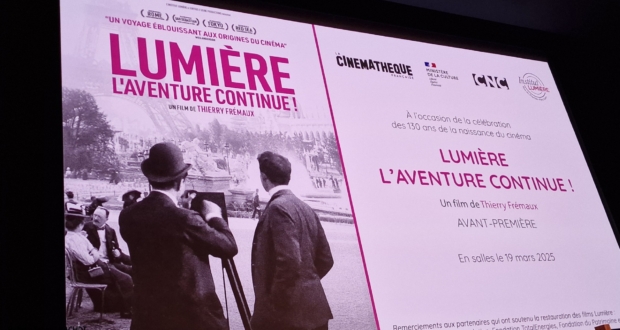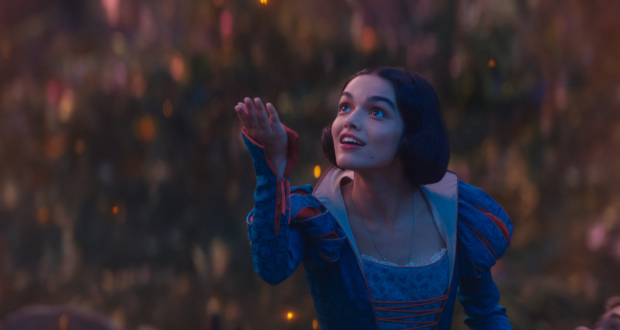
The Associated Press today reported on Hollywood’s trend towards labeling 3-D filmmaking as the future of entertainment despite the fact that it is making millions of people nauseated.
The article notes optometrists identify as many as one in every four viewers experiences discomfort, headaches and/or dizziness from 3-D movies and television.
That isn’t deterring the entertainment industry, which is aware of the problem yet charging ahead with plans to create more movies and TV shows in 3-D. Jeff Katzenberg, CEO of Dreamworks Animation SKG Inc., calls 3-D “the greatest innovation that’s happened for the movie theaters and for moviegoers since color.”
There are several studies being done on the increase in eye strain caused by 3-D, including one in South Korea, where they concluded viewers should take a 15 minute break from 3-D media every 60 minutes. Nintendo is even including a warning with their new 3DS noting too much 3-D in children under 6 could result in problems with their vision development.
The article does finally offer the medical explanation for all the discomfort and concern.
3-D screens and glasses create the illusion of depth by showing different images to each eye. That simulates the way objects that are at different distances in real life appear in slightly different places in each eye’s field of view. That’s enough for most of us to perceive a scene as having depth. But our eyes also look for another depth cue in a scene: They expect to need to focus at different distances to see sharply. More specifically, our eyes track an approaching object by turning inward, toward our noses. Bring something close enough, and we look cross-eyed. 3-D screens also elicit this response when they show something approaching the viewer. The problem is that as the eyes turn inward, they also expect to focus closer. But a screen isn’t moving closer, so the eyes have to curb their hard-wired inclination and focus back out. This mismatch between where the eyes think the focus should be and where the screen actually is forces them to work extra hard.
It’s a rather thorough article, and can be found in its entirety here.
Personally, I like 3-D when it’s used sparingly and appropriately in a movie that actually lends itself to the medium. Unfortunately, it’s becoming so commonplace, I’m losing interest. I’m especially not a fan of the stereoscopic conversion of 2-D films, which usually results in poor quality anyway. Between the glasses, the gimmickry, the on-screen play to make obvious use of the 3-D and the dimmed light caused by the polarized lenses, I generally just find 3-D to be a distraction that costs me an annoying extra $4 at my local theatre.
My wife, however, is one of the 25% who gets very sick from it, and actually threw up after one film. I can definitely attest that that does NOT add to my experience.
I’m not anti-3-D, I just don’t need it, and I think filmmakers haven’t learned to adjust their directing styles to make it work. Shaky, hand-held camera work for action scenes, as an example, are exceptionally disorienting and nausea-inducing to those sensitive to it, and would be an easy thing to move away from as a director.
Until Rodney and Ebert throw down in fisticuffs to decide the future of 3-D, does anyone else get sick, or love 3-D?
















